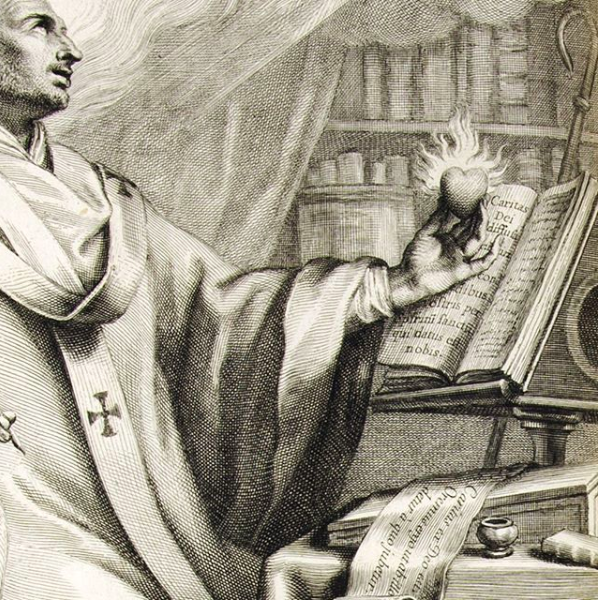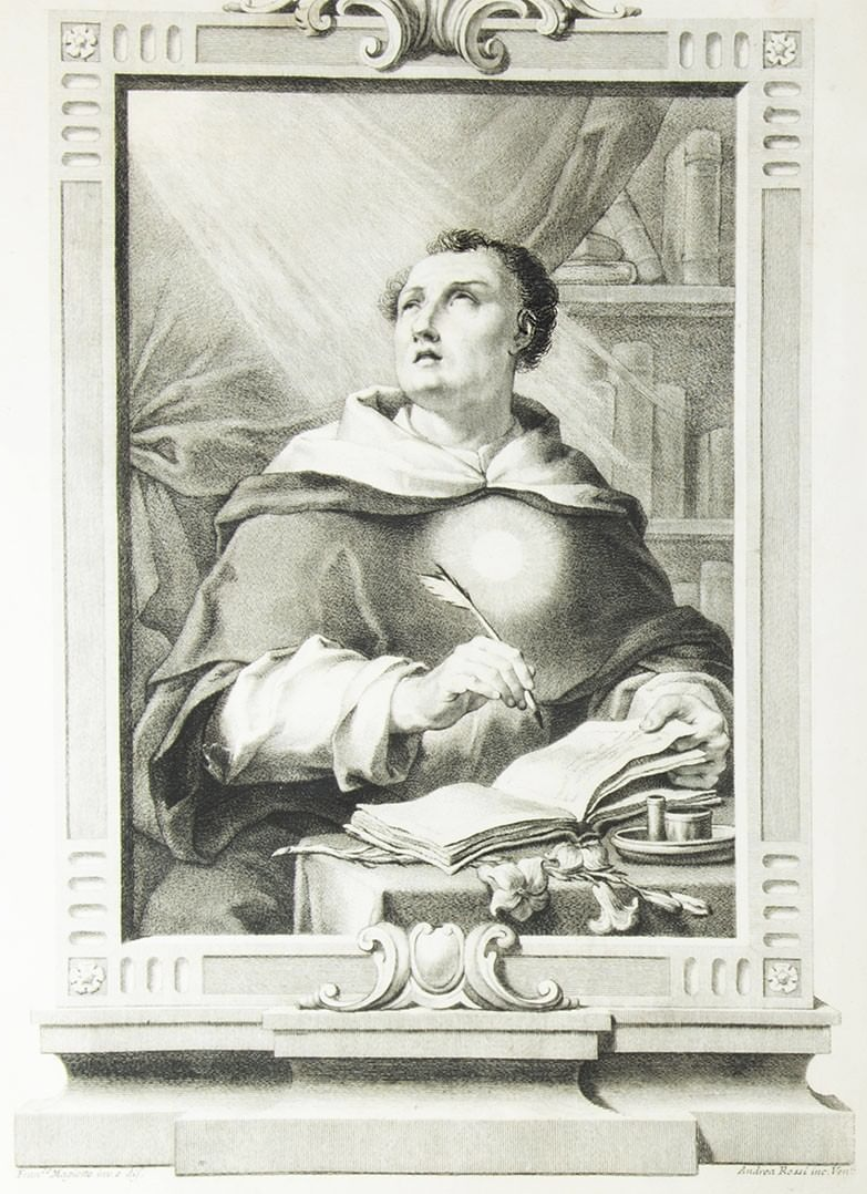Illustrations play a pivotal role in the culture of the book, which is shifting with the mass digitization of images and entire books in our digital age—including on social media. For scholars who use numerous illustrations in their research, browsing readily presents contextual difficulties.
Questions and Answers:
Q: Rachel, you are the lead researcher on an information studies research project, which explores the contextual difficulties involved in online image browsing for book illustrations. Can you tell us a little more about what you mean by these difficulties?
A: Thank you for the question, François. I am happy to talk about the practical implications of my research. During my doctorate in art history, I discovered that there is a problem specific to digitized book illustrations. For my study of fairy tales book illustrations, I hunted for hundreds of images found by spending time with rare book libraries, digital libraries, databases, and Google Images. A Google Image search for images by fairy tale illustrator Arthur Rackham (1867-1939), for example, indicates how his illustrations have transformed from their material context in books to their online de-contextualization. A variety of contextual details tend to disappear, namely: the pictures’ place within the codex, and the pictorial sequence of images, bibliographic data, and the item’s physical location.
I was probably not the only researcher to experience this loss of context in my own information seeking behaviour. With FQRSC support and ethics approval during my Master of Information Studies at McGill University (2016-2018), I sought out the perspectives of fellow researchers. Using a series of image browsing scenarios, which were inspired by existing platforms, I interviewed thirteen art historians. I asked my participants questions about what was preferred and why, what was familiar and why, and what were the drawbacks and why. I transcribed the interviews, coded them for themes, used the software Atlas.ti once the codes were stabilized. As part of the research, Jing Zhang, an information studies student from McGill (now graduated), assisted with the qualitative analysis.
Our aim is to understand the phenomenon of browsing for book illustrations and to eventually improve the browsing experience.

Social media has the power to reach beyond the users who make special trips to visit rare books
Image (left): Detail of St. Augustine on Instagram @alliesaints taken in 2019.
Source: Jean-Léon Allie Library and Archives. Available at https://www.instagram.com/p/Bw9qw0ZjUof/.
Q: I am wondering whether you have had the opportunity to consider the implications of this research from the practical side of librarianship.
A: There is a growing trend among librarians working with special collections to use social media in order to highlight the visual-side of their collections. Social media has the power to reach beyond the users who make special trips to visit rare books. To increase visibility, special collections librarians working within North American Universities from such institutions as McGill University (@mcgill_rare), University of Toronto (@fisherlibrary), Queens University (@jordan_library), University of Chicago (@uchicagoscrc) and Yale University (@beineckelibrary) are using Instagram to highlight illustrations from their rare books and archives.
Hired on a contract-basis in 2018-2019 as Curator of Rare Books and Special Collections at Saint Paul University got me thinking about social media. Which insights could I adopt from my image browsing research to enhance contextual browsing in a social media platform which aims to bring collections out of hiding?
While taking into account the skepticism amongst colleagues on the use of social media for discovering book illustrations, I initiated a collaborative social media initiative at the Jean-Léon Allie Library and Archives. While working with the rare and old books there, I quickly noted the social media potential for the rich illustrated content, which includes illustrations of Saints. Head Librarian, Jérémie LeBlanc, enthusiastically suggested the scale of the project: a French/English site exclusively dedicated to Saints with an image posted per day of the week. Using a number of skills–sleuthing alongside metadata workflow strategies and collaboration–I identified and gathered illustrated books dating as far back as the 16th century so that they could be photographed by photo enthusiast LeBlanc. Based on my reflections on research findings and experience with visual resources, I knew that the documentation stage required data management. We essentially needed to maintain the contextual integrity of hundreds of images and their traceability to their analogue sources. The resulting shots included book covers and two-page layouts and metadata strategies became necessary. As a result, cropped images could linked back to the books themselves.
The next step involved collaborating with library assistants, Maryse Kiese and Lina Harper; my colleagues and I contributed to the image editing, templates, the creation of bilingual content, hashtags, and an automation strategy using Hootesuite. The resulting Instagram site called @alliesaints started the work of letting the world know that Saint Paul University has approximately 30,000 rare book holdings in religious studies and related fields with numerous images of Saints.
Image (below): Example of images on Instagram @alliesaints featuring book covers, two-page spreads, and illustration details.
Source: Jean-Léon Allie Library and Archives. Available at https://www.instagram.com/alliesaints/.
Q: With this expanding mosaic of saintly images on the @alliesaints Instagram, I am curious as to who your intended audience is?
A: Great question. I am asking it to myself. By January 2020, the Jean-Léon Allie Library and Archives will theoretically have increased the social media presence of its special collection from next to null to include bibliophiles, rare book dealers, special collections libraries, individuals, and maybe even researchers. For me, looking back at the launch of this project, @alliesaints had become a sandbox for playing with the problem of how images from books might become a little less hard to find in context when browsing online. Discussion of image browsing as it occurs in playful experimental outreach initiatives like this raises questions about the impact for libraries and their users.

Q: How exciting. By the time this image challenge comes to an end, the forthcoming ARLIS/NA conference that will be held in Montreal in 2021 will be on the horizon. It could be a venue where special collections librarians and archivists continue to discuss the practice of using social media.
A: Yes, yes it could.
Image (right): Detail of St. Thomas Aquinas on Instagram @alliesaints taken in 2019.
Source: Jean-Léon Allie Library and Archives. Available at https://www.instagram.com/p/By71vLmAxEL/.
CONTRIBUTORS
Rachel Harris
Librarian, Part-Time Professor, and former Curator of Rare Books and Special Collections / Jean-Léon Allie Library and Archives
François Dansereau
Service des archives et collections spéciales du Centre universitaire de santé McGill

